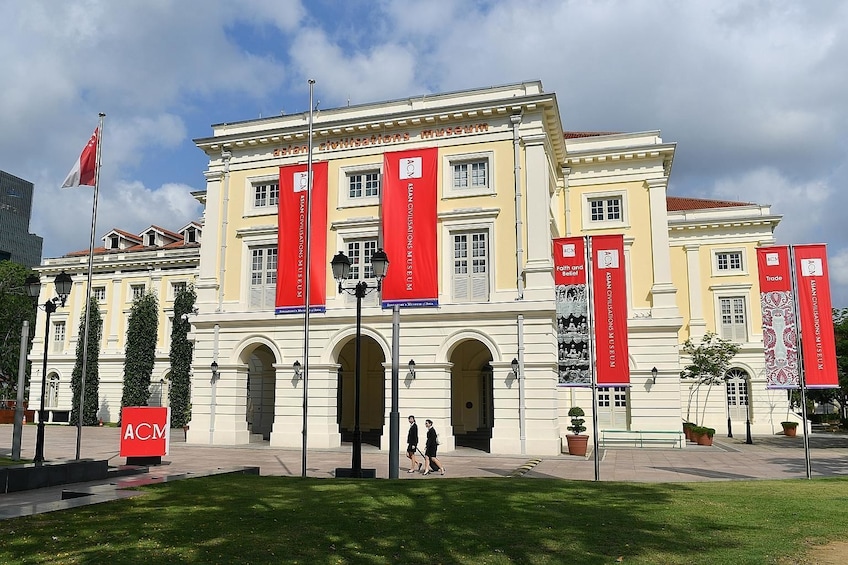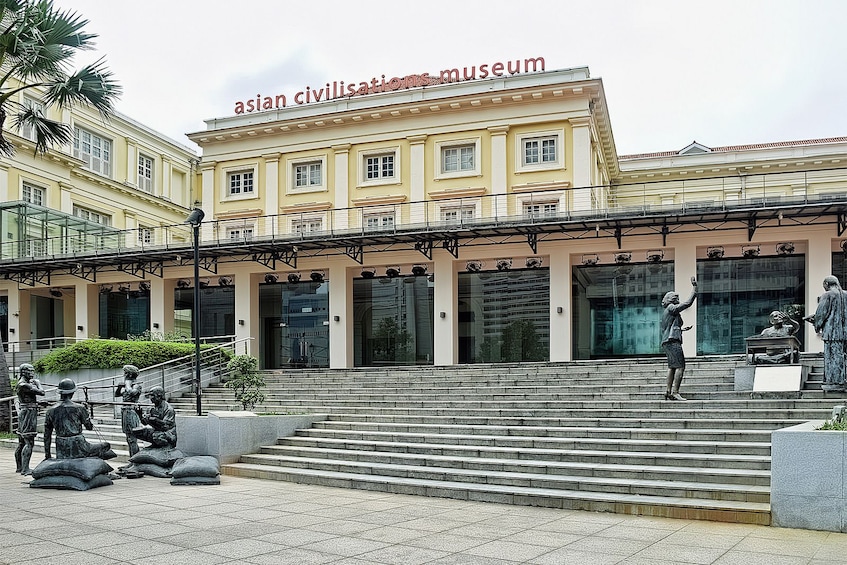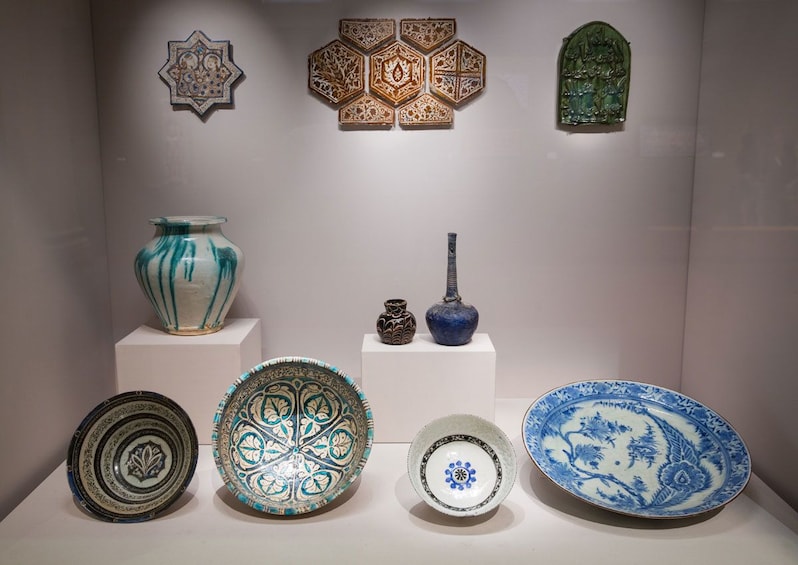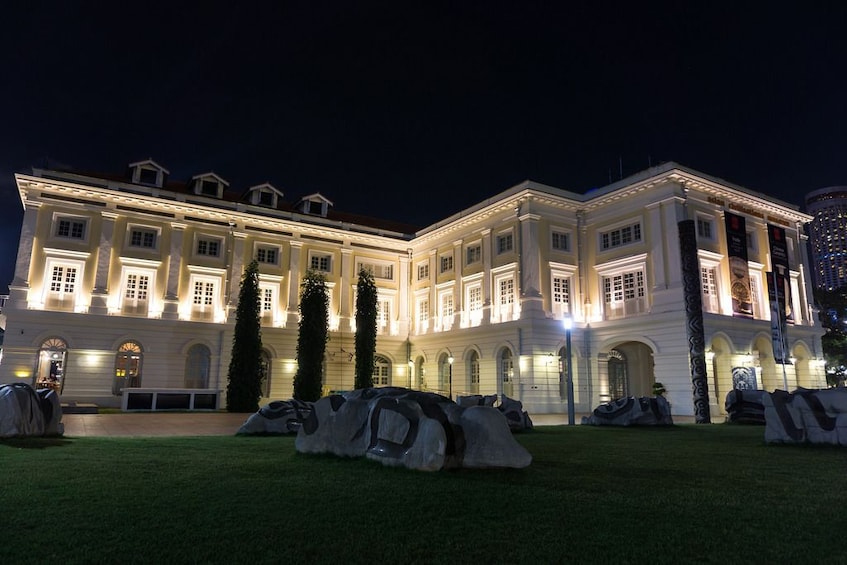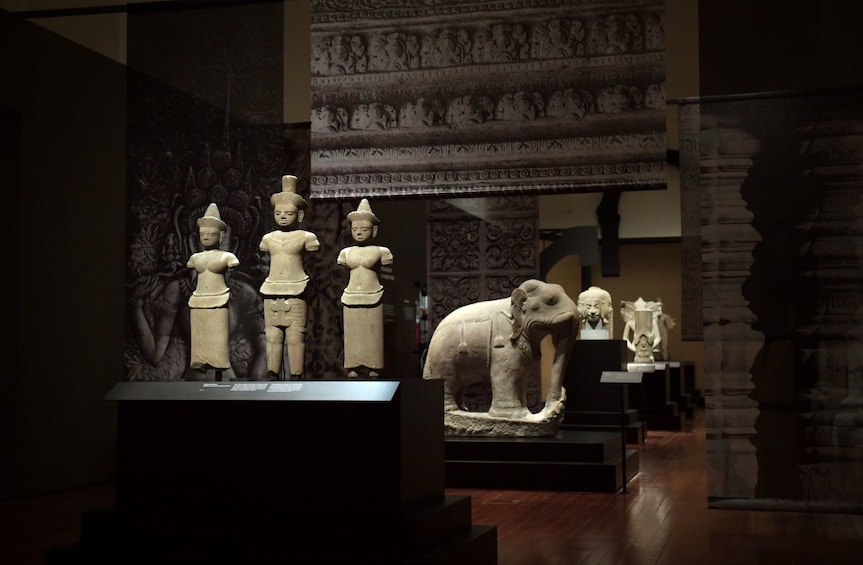The Asian Civilisations Museum (ACM) is an institution which forms a part of the four museums in Singapore, the other three being the Peranakan Museum at Old Tao Nan School, the National Museum of Singapore and the Singapore Art Museum. It is one of the pioneering museums in the region to specialise in pan-Asian cultures and civilisations. The museum specialises in the material history of China, Southeast Asia, South Asia and West Asia, from which the diverse ethnic groups of Singapore trace their ancestry.
OVERVIEW
The Asian Civilisations Museum is devoted to exploring the rich artistic heritage of Asia, especially the ancestral cultures of Singaporeans. Opened in 1997 and in its present building by the Singapore River since 2003, the museum traces its roots to the Raffles Museum, founded in the middle of the 19th century. ACM focuses on the many historical connections between the cultures of Asia, and between Asia and the world. Singapore’s history as a port city that brought people together from all over the world is used as a means of examining the history of Asia. Special exhibitions bring magnificent objects from around the world to our Singapore audience. Signature programmes like the annual ACM After Dark, Saturdays@ACM, and Lunchtime Concerts encourage visitors to connect more closely with culture and the arts.
COLLECTION
The ACM’s collection began with objects from the colonial Raffles Library and Museum. The major part was ethnological materials collected in Southeast Asia – essentially examples of the crafts, tools, weapons, utensils, and costume of the Malay and other indigenous Southeast Asian cultures. There was also a small collection of Chinese objects. Collections in new areas were started in the 1990s: West Asia/the Islamic world and South Asia, so that the ACM could fulfil its mission to highlight the roots of Singapore’s different ethnic groups in the various cultures and civilisations of Asia. The ACM has since grown through acquisitions, donations, and loans from organisations and private individuals. The collection is now one of the most comprehensive in the region.
